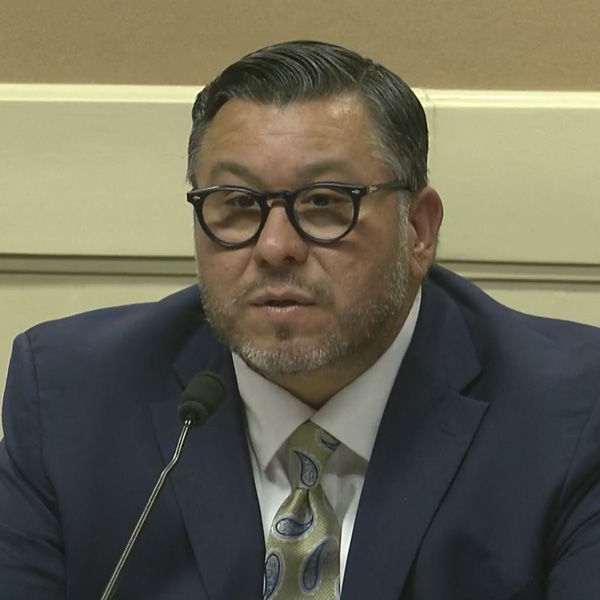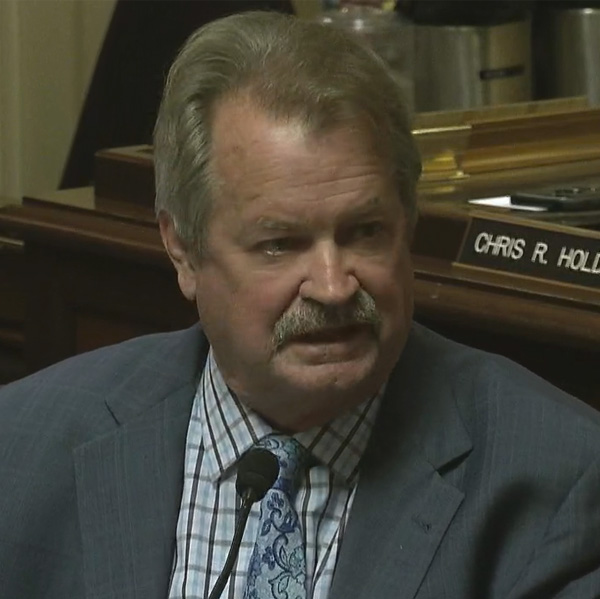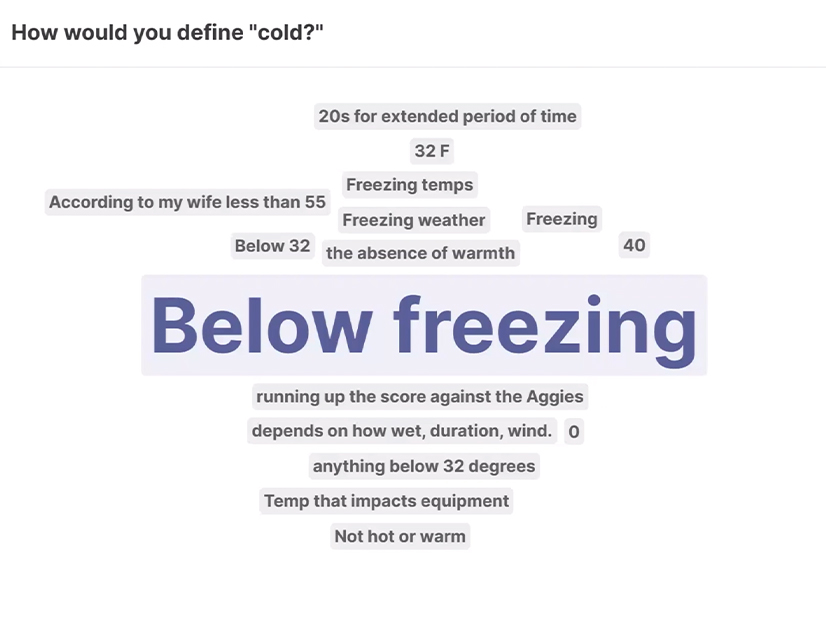The NEPOOL Markets Committee on Tuesday approved ISO-NE’s proposed compliance filing to FERC on distributed energy resource aggregation but rejected the RTO’s concerns in backing LS Power’s bid to save Ocean State Power’s (OSP) capacity supply obligation (CSO).
The committee overwhelmingly supported tariff changes to allow the gas-fired combined cycle plant to unwind a 64-MW capacity increase while maintaining its CSO for its existing 270 MW.
In Forward Capacity Auction 15, Ocean State Power cleared as a “repowering” to increase its output to 334 MW, a 24% increase, and was awarded a seven-year rate lock at $3.98/kW-month.
LS Power’s Dilemma
Since winning the award, however, LS Power has become concerned it may not be able to complete the upgrade economically — and by the RTO’s June 1, 2026 deadline for commercial operation — because of rising prices and supply chain challenges.
The company said it was surprised to learn that failing to add the incremental capacity as promised could cause it to lose its CSO for its existing capacity. “Under the ISO’s interpretation of the tariff, there is no way for a ‘repowered’ resource to unwind future [Forward Capacity Market] commitments, leading to an unexpected and nonsensical ‘bet-the-plant’ situation,” it said in a presentation by Ben Griffiths, director of New England market policy. “If OSP had cleared as greenfield new or as a minor uprate, we would not be here today: The tariff is unambiguous in the ability of these resources to shed incremental obligations.”
The company’s proposed tariff change would allow it to cancel the 64 MW of incremental capacity while ensuring the RTO retains 270 MW of capacity. The plant, in Burrillville, R.I., has connections to two interstate pipelines and 2 million gallons of on-site oil storage, enough for three days at full output.
The company said it would accept the same penalties that would apply if a minor uprate (less than 20%) or a greenfield project were terminated: forfeiture of the price lock and $2 million in financial assurance on the 64 MW that OSP cleared in FCAs 15 to 17.
Southeast New England customers would avoid having to pay $3.98/kW-month for 334 MW of capacity in FCAs 16 to 21, LS Power said. Because the two most recent auctions cleared around $2.60/kW-month, the savings would be about $15 million in FCAs 16 and 17, it said. Generators would benefit from the elimination of 64 MW of capacity from the supply stack in future auctions.
The company said the current repowering provisions were intended to allow existing capacity to obtain price locks, which are no longer permitted.
It said market power concerns in current rules were over the ability of only new resources to set the clearing price. Now that existing resources can set clearing prices, “concerns about toggling between new/existing do not matter in [the] same way,” it said.
The company said the 20% threshold for repowering is “largely arbitrary” for market mitigation. “Our 64-MW ‘repowering’ … would have been considered an uprate if OSP had a starting capacity of 320 MW instead of 270 MW,” it said.
ISO-NE’s Internal Market Monitor issued a memo saying it needs more time to vet the design changes and market power considerations.
“We do think taking a fresh look at the repowering rules in the tariff is a good idea, but we have a number of concerns with the proposed rule changes and the short evaluation time frame. In summary, the evaluation will need to assess incentives to limit the exercise of market power and gaming, and provide a clear and commensurate remedy if a participant is unable to perform on its repowering obligation,” the Monitor said.
The current rules were “intended to act as a strong deterrent to potentially setting a higher clearing price and securing a multiyear revenue stream, and subsequently toggling back to the original status,” the Monitor added. “This proposal does not factor in the potential market harm caused by the clearing of the repowering resource in the FCA, and may not adequately incentivize market participants to deliver on obligations obtained in the auction.”
Andrew Gillespie, the RTO’s director of market development, also weighed in with a separate memo.
Gillespie said the RTO’s primary concern is “the incentive and appropriate compensation problems created if existing capacity effectively participates in the FCA as new capacity and sets the FCA clearing price.” He noted that new capacity offers are subject only to buyer-side mitigation, with no downward mitigation.
Despite the RTO’s concerns, LS Power’s motion passed the committee with 83% of the vote, with unanimous support (excluding abstentions) from the Generation, Transmission, Supplier, Alternative Resources and End User sectors. The Publicly Owned Entity sector was unanimous in opposition.
The proposal will next be considered by the Participants Committee. But it’s far from certain that FERC would approve it, given the IMM’s concern that it would amount to retroactive ratemaking.
Compliance Filing on DER Aggregation
The committee also voted overwhelmingly in support of the RTO’s proposed response to FERC’s March 1 order requiring changes to its rules for DER aggregations under Order 2222 (ER22-983). (See FERC Gives ISO-NE Homework on Order 2222.)
Renewable energy groups had criticized ISO-NE for not going far enough to remove barriers for DERs to participate in wholesale markets, as required by Order 2222.
The commission agreed, saying the RTO failed to show that its proposed energy and ancillary services market participation models accommodate the physical and operational characteristics of behind-the-meter DERs. It flagged ISO-NE’s choice to require measurement of most behind-the-meter DERs at the retail delivery point, rather than allowing sub-metering.
Henry Yoshimura, director of demand resource strategy, presented the new filing, which the RTO plans to submit by May 9. The filing addresses six issues raised by FERC.
The RTO drafted tariff revisions for four items:
- small utility opt-in requirement;
- existing rules requiring market participants providing energy withdrawal service to register a load asset;
- dispute resolution rules; and
- applying nonperformance penalties to aggregations.
However, ISO-NE will provide additional explanation defending its proposed metering configuration rules. In addition the RTO and several of its utilities filed for rehearing on the sixth issue, rules governing the submission of metering data by DER aggregators.
FERC ordered ISO-NE to revise its tariff to designate the DER aggregator as the entity responsible for providing required metering information to the RTO.
Yoshimura said FERC’s requirement would run afoul of state policies that make host utilities responsible for providing metering services to all energy market loads and resources in the region. He said compliance would require modification of current agreements and costly changes to metering infrastructure and processes.
“Additional design elements would be needed to avoid costly delays in energy market settlement from potential data transmission errors and energy balance reporting, and to prevent double-counting of services,” the RTO added. “DER aggregators would need to install and operate costly and redundant metering and communications systems that no other energy market participant is required to install and operate.”
Any alternative metering requirements would depend on the commission’s final orders concerning acceptable metering configurations and the rehearing request on submission of metering data.
The RTO’s motion passed with 78.6% in favor, with unanimous support from the Generation, Transmission and Publicly Owned Entity sectors. The Supplier sector was mostly in favor, while Alternative Resources was split, and End Users were mostly opposed.



